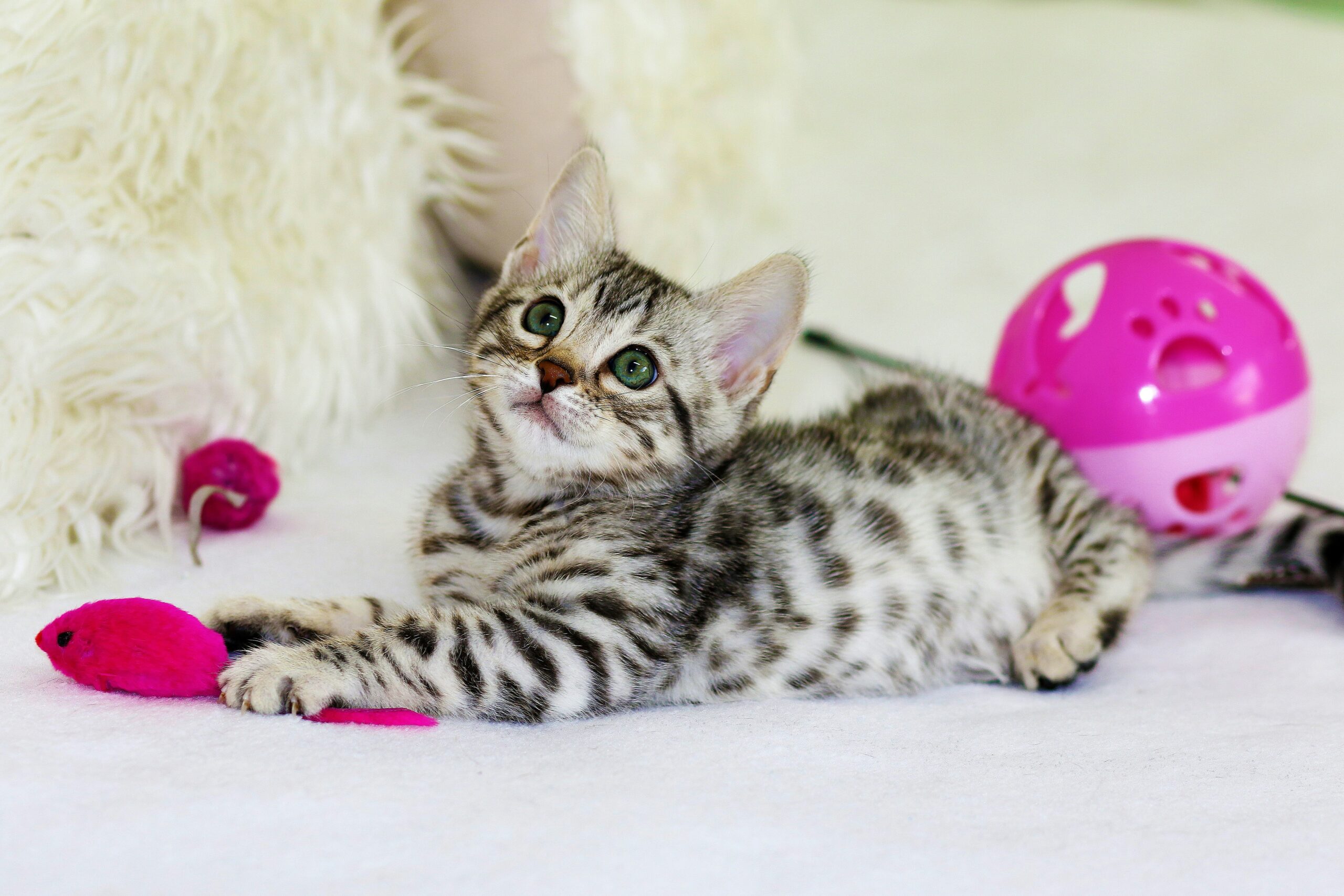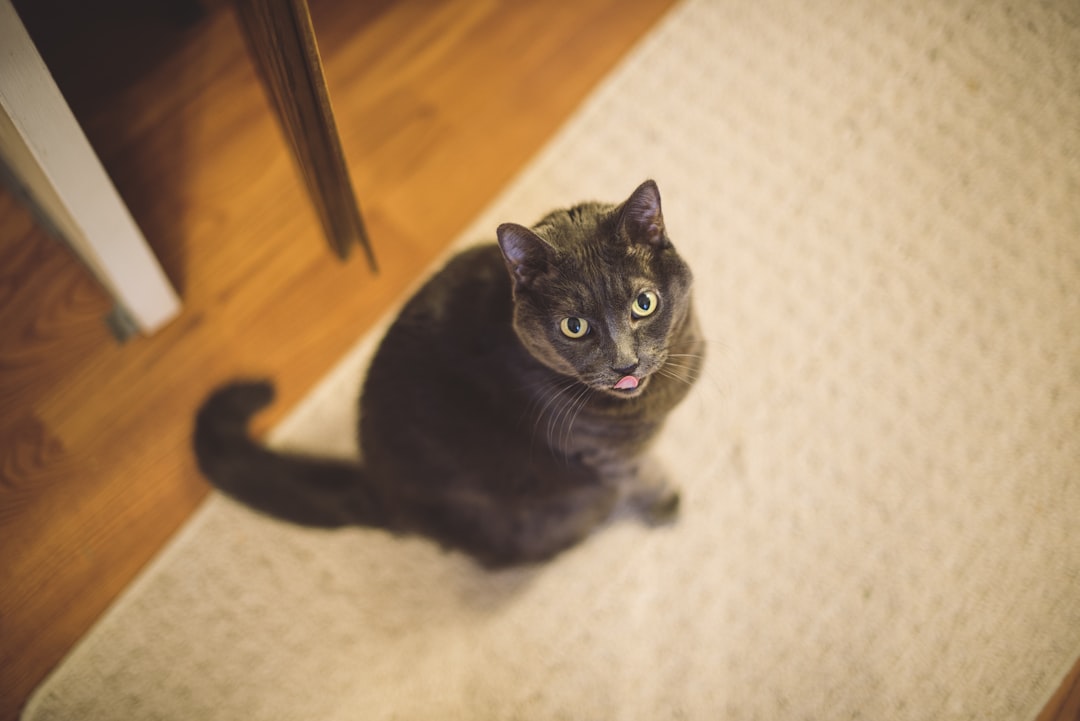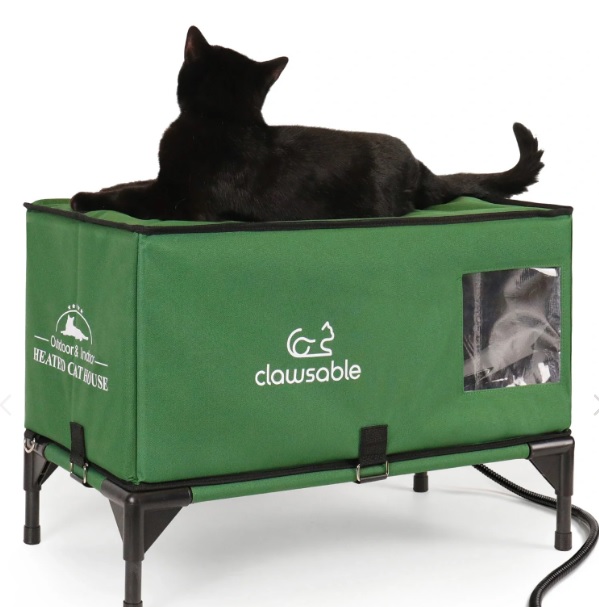Cat grooming plays a vital role in maintaining your feline friend’s health and happiness. Regular grooming not only helps keep your cat clean but also fosters a strong bond between you and your pet. Furthermore, it can prevent issues like matting, skin irritation, and dental problems. By understanding the various aspects of cat grooming, such as the right tools, techniques, and frequency, you can ensure that your furry companion enjoys a comfortable and stress-free grooming experience. In this guide, we will explore essential tips to help you keep your cat looking and feeling their best.
Understanding the Benefits of Cat Grooming
Cat grooming plays a vital role in your feline friend’s overall health and happiness. Regular grooming not only helps keep your cat looking good but also provides numerous benefits, including:
- Reduced Shedding: Frequent grooming minimizes loose fur, keeping your home cleaner and reducing allergens.
- Skin Health: Regular grooming allows you to check for skin issues such as irritations, bumps, or parasites. This early detection can lead to prompt treatment.
- Bonding Time: Grooming sessions offer an excellent opportunity for you and your cat to bond, enhancing your relationship and building trust.
- Matting Prevention: By addressing tangles early, you can prevent mats that can cause discomfort and skin infections.
- Nail Maintenance: Grooming helps keep your cat’s nails trimmed and reduces the risk of overgrowth, which can lead to pain or injury.
Ultimately, consistent cat grooming contributes to your cat’s well-being, happiness, and longevity. Happy grooming leads to a happier cat!
Types of Cat Grooming Tools
To achieve effective cat grooming, having the right tools is essential. Different grooming tools serve unique purposes, making it easier to keep your feline friend looking and feeling their best. Here’s a breakdown of the most common cat grooming tools:
Brushes: Helps remove loose fur and reduce shedding.
- Slicker Brush: Ideal for removing mats and tangles.
- Comb: Perfect for fine hair and sensitive areas.
Nail Clippers: Keeps claws trimmed, preventing scratches and injury.
- Standard Clippers: Easy to use for regular maintenance.
- Electric Clippers: Great for thick or long-haired cats.
Grooming Gloves: Provides a gentle grooming experience, while also picking up loose hair.
De-shedding Tools: Reduces excessive shedding, especially during seasonal changes.
Cat Bathing Supplies: Includes cat-friendly shampoo and towels for washing.
Using the right combination of these tools not only makes cat grooming easier but also builds trust and comfort between you and your pet. Select tools that suit your cat’s coat type and grooming needs for optimal results.
How Often Should You Groom Your Cat?
Regular cat grooming is essential for your feline friend’s health and well-being. The frequency of grooming depends on various factors, including your cat’s breed, coat length, and individual grooming needs. Here’s a quick guide to help you determine the best grooming schedule for your cat:
| Cat Type | Recommended Grooming Frequency |
|---|---|
| Short-haired cats | Every 1-2 weeks |
| Medium-haired cats | Every 1 week |
| Long-haired cats | Every 1-3 days |
| Cats with special needs | As needed (daily if matted) |
Key considerations:
- Bathe your cat: While not always necessary, some cats may benefit from occasional baths, especially if they get into something messy.
- Check for mats: Long-haired cats often develop mats; inspect their fur regularly to avoid discomfort.
- Consider shedding: During seasonal changes, you may need to groom more frequently to manage shedding.
By adhering to these recommendations, you ensure your cat maintains a healthy coat and skin, enhancing the bonding experience of cat grooming.
Identifying Your Cat’s Grooming Needs
Understanding your cat’s grooming needs is essential for maintaining their health and well-being. Every cat is unique, and factors such as breed, age, and lifestyle can influence their grooming requirements. Here are some key aspects to consider:
Coat Type:
- Short-haired cats: Require less frequent groomings, typically once a week.
- Long-haired cats: Need more attention, ideally every other day, to prevent matting.
Age:
- Kittens: Generally need gentle introductions to grooming.
- Senior cats: May require extra care due to mobility issues.
Activity Level:
- Active cats may develop dirt and debris in their coat, necessitating more regular cat grooming sessions.
Health Status:
- Cats with skin conditions or allergies need specialized grooming attention.
By observing these factors, you can tailor your cat grooming routine to meet your feline friend’s specific needs. Regular assessment helps ensure that your cat remains comfortable and healthy while enjoying a positive grooming experience.
Step-by-Step Grooming Techniques
Effective cat grooming requires a systematic approach to ensure your feline friend stays comfortable and healthy. Follow these steps for a smooth grooming session:
Prepare Your Space: Choose a quiet area free from distractions. Lay out your grooming tools, including brushes, combs, and clippers.
Assess Your Cat’s Coat: Before you start, examine your cat’s fur for mats, tangles, or debris. This way, you can tailor your grooming technique to their specific needs.
Begin with a Brush: Use a suitable brush based on your cat’s coat type:
- Short-haired cats: A rubber brush works well.
- Long-haired cats: Opt for a wide-toothed comb or a slicker brush.
Groom in Sections: Work on small sections of fur and gently remove mats or tangles. Always brush in the direction of hair growth to avoid causing discomfort.
Check the Claws: If your cat tolerates it, trim their claws using specialized cat nail clippers. This reduces the risk of injury.
By following these step-by-step grooming techniques, you can enhance your cat grooming routine and promote a healthy coat for your beloved cat.
Handling Matting and Tangles
Dealing with mats and tangles in your cat’s fur can be challenging, but proper cat grooming techniques can make the process smoother. Here’s how to effectively handle these pesky issues:
Assess the Situation: Check for mats or tangles regularly during grooming sessions. Look for:
- Areas behind the ears
- Under the armpits
- Around the collar
Choose the Right Tools: Use appropriate cat grooming tools for tackling mats:
- Wide-toothed comb: Gently detangles hair without pulling.
- Mat splitter: Helps to gently break up tight knots.
- Brush: A slicker brush can remove loose hair and further detangle.
Gentle Technique:
- Start from the outer edge of the mat and work your way inwards.
- Use your fingers to hold the base of the tangles to prevent discomfort.
- Be patient; if a mat resists, consider trimming it safely with scissors.
Regular Maintenance: Incorporate frequent cat grooming sessions to prevent mats and tangles from forming in the first place.
Keeping your cat’s coat healthy through regular grooming helps minimize these issues, making both your lives easier. Remember, consistent cat grooming fosters a bond between you and your feline friend.
Tips for Bathing Your Cat
Bathing your cat can be a challenging task, but with the right approach to cat grooming, you can make it a smoother experience for both you and your feline friend. Follow these handy tips to ensure a successful bath time:
- Choose the Right Time: Pick a moment when your cat is calm, such as after playtime. Avoid times when your cat is active or easily startled.
- Use Cat-Specific Products: Select gentle, feline-formulated shampoos that are safe for your cat’s skin and coat.
- Prepare the Space: Fill a tub or sink with warm water, ensuring it’s not too deep. Have towels, a brush, and treats ready for after the bath.
- Wet Gradually: Use a handheld sprayer or cup to wet your cat’s fur slowly, avoiding their face to minimize stress.
- Be Gentle: Apply shampoo gently and rinse thoroughly. The goal is to keep the experience as calm as possible without causing discomfort.
- Drying Techniques: After bathing, use a towel to gently dry your cat. If they tolerate it, a low-heat pet dryer can help, but ensure they are comfortable.
Remember, regular cat grooming, including bathing, fosters a healthier coat and enhances your bond with your pet.
Maintaining Dental Hygiene in Cats
Just like humans, cats require regular dental care to prevent health issues. Proper cat grooming should include attention to dental hygiene, ensuring your feline friend maintains a healthy mouth. Here’s why and how you can effectively keep your cat’s teeth clean:
Benefits of Dental Care:
- Prevents bad breath
- Reduces the risk of gum disease
- Decreases the likelihood of tooth loss
Dental Care Tips:
- Brush Regularly: Use a cat-specific toothbrush and toothpaste. Aim for at least 2-3 times a week.
- Dental Treats and Chews: Provide treats designed to reduce plaque and tartar.
- Routine Check-ups: Schedule regular vet visits for professional cleanings.
| Method | Frequency | Effectiveness |
|---|---|---|
| Brushing | 2-3 times a week | High – Reduces plaque buildup |
| Dental treats | Daily | Moderate – Supports brushing |
| Vet cleanings | Annually or as needed | Very High – Professional care |
By incorporating these practices into your cat grooming routine, you’ll help ensure your kitty enjoys a healthier, happier life, free from dental discomfort. Remember, good dental hygiene is a pivotal step in maintaining your cat’s overall health!
Recognizing Signs of Grooming Stress
Understanding when your cat feels stressed during cat grooming is vital for ensuring a positive experience. Here are some key signs to watch for:
- Vocalization: Excessive meowing or growling may indicate discomfort.
- Body Language: A tense body, flattened ears, or a swishing tail can signal stress.
- Aggression: If your cat suddenly swipes or bites, it’s a clear sign of anxiety.
- Hiding: After initial grooming, if your cat retreats to a hiding spot, they may feel overwhelmed.
- Pacing or Restlessness: This behavior indicates a need to escape the stressful situation.
To create a better atmosphere for cat grooming, consider these steps:
- Start Slow: Gradually accustom your cat to grooming tools.
- Use Treats: Reward your cat during grooming to associate it with positive experiences.
- Check Environment: Ensure their grooming space is quiet and safe.
By recognizing these signs and taking proactive measures, you can significantly reduce grooming stress and foster a more enjoyable grooming routine for your feline friend.
Creating a Positive Grooming Experience for Your Cat
A positive grooming experience is essential for both you and your cat. When done correctly, cat grooming can strengthen your bond and improve your cat’s overall health. Here are some effective strategies to ensure a pleasant grooming session:
Start Early: Introduce grooming to your kitten gradually. Familiarity with tools helps them associate grooming with comfort.
Choose the Right Time: Pick a calm, quiet time for grooming, away from distractions. Your cat will feel more relaxed and receptive.
Use High-Value Treats: Reward your cat with their favorite treats during and after grooming. This creates a positive reinforcement loop.
Stay Calm and Gentle: Speak softly and use gentle movements. Cats can sense your mood, so maintaining a soothing environment helps ease anxiety.
Quick Tips:
| Tip | Benefit |
|---|---|
| Start with short sessions | Reduces stress and builds trust |
| Have grooming tools ready | Increases efficiency and comfort |
| End on a positive note | Leaves your cat looking forward to future sessions |
By embracing these techniques, you can transform cat grooming into a rewarding experience, ensuring your feline friend feels safe and pampered.



